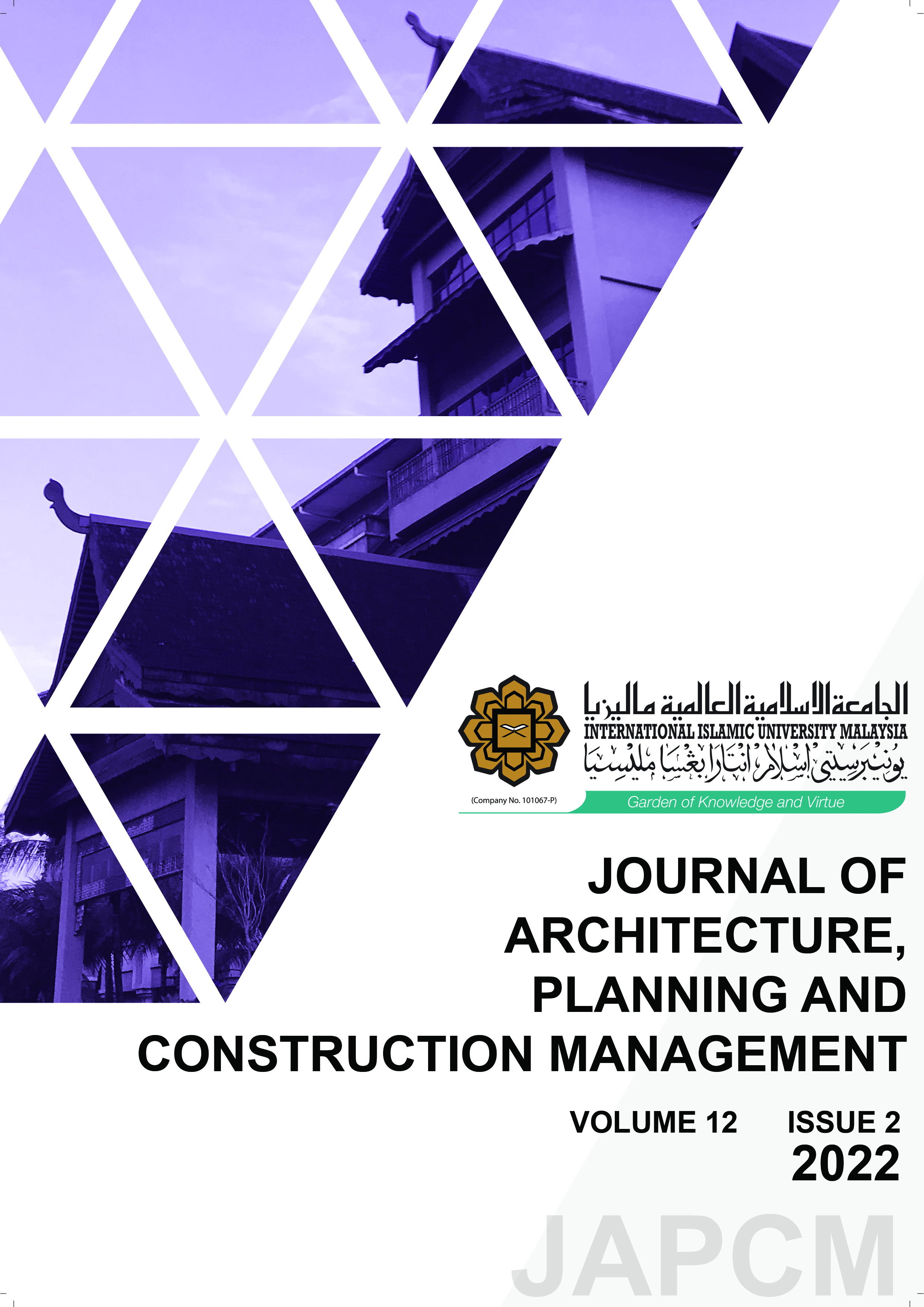AN APPRAISAL OF COST-EFFECTIVE APPROACHES FOR THE PUSU RIVER REHABILITATION
DOI:
https://doi.org/10.31436/japcm.v12i2.669Abstract
The Pusu River and its tributaries that flow through the International Islamic University Malaysia (IIUM) Gombak campus have been suffering from river pollution for years. Hence, one of the efforts that can be made to address this issue is the rehabilitation of polluted rivers. Since the cost of treating the polluted rivers is high, proper measures to rehabilitate the Pusu River are important. Consequently, a study was conducted to identify and propose suitable approaches to rehabilitate the Pusu River, IIUM Gombak. The present study also focuses on the costs associated with rehabilitation work. The primary data for the study was collected using one round of Delphi questionnaires. The outcome of the Delphi study shows that the major sources of pollution in the Pusu River are sand mining, earthwork, land clearing activities for land development, stormwater runoff, waste dumping, and leakage from the wastewater treatment plant. Furthermore, the top three cost-effective methods to be proposed for the rehabilitation of the Pusu River, IIUM Gombak, have been established. The methods include aquatic plant use, a gentle approach to riverbank protection, and sediment dredging. Overall, the outcome of this study contributes to the development of river management strategies to control the pollution issue in the Pusu River. Academically, this study adds to the current body of knowledge in the context of river management, specifically for the Pusu River, IIUM Gombak.









